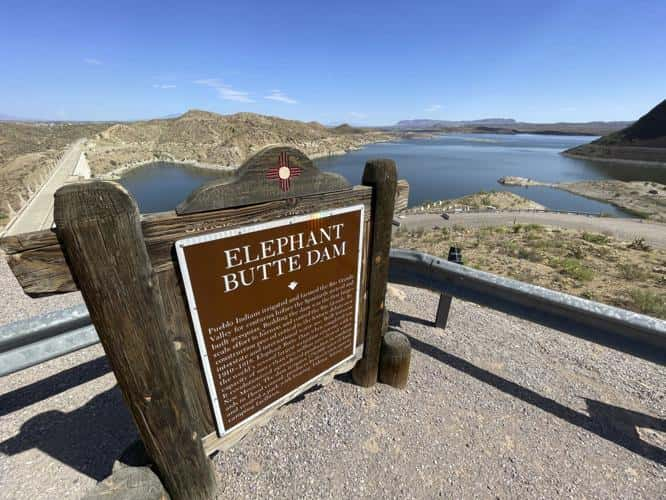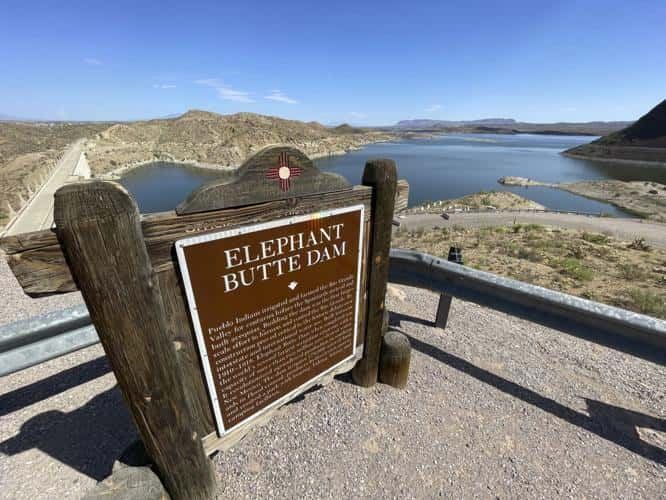Southern New Mexico’s irrigation season will conclude at the end of the month, giving locals approximately a month to take advantage of the Rio Grande’s water supply.
During the summer, when farmers receive their irrigation allotments, the river often only flows in southern New Mexico for a few months. Given that there were larger allotments due to additional supply from snowfall and spring runoff, water management in southern New Mexico has deemed this season a success.

Farmers were able to prolong their water orders into the warmest summer on record, according to Gary Esslinger, director of the Elephant Butte Irrigation District, who spoke to the Las Cruces Sun-News.
All summer long, southern New Mexico and other parts of the West have experienced heat waves, which are defined as a string of days with temperatures in the triple digits. According to the National Weather Service, southern New Mexico Las Cruces has recorded 19 days with highs of 105 degrees Fahrenheit (40.6 degrees Celsius) or above, breaking its previous record.
Next Friday will be the last day the irrigation district will provide water orders in southern New Mexico, but the monsoon may still provide rainfall for crops. Beginning on June 15 and continuing through the end of September, the summer rainy season.
The Rio Grande, one of the longest rivers in North America, provides water to Texas towns and farms from southern Colorado and southern New Mexico.
A major decision will be made as the region experiences declining supplies and rising climate change pressures; the U.S. Supreme Court is scheduled to review a proposed settlement between the states that would resolve a years-long struggle over river management.
Las Cruces in southern New Mexico is having its driest year on record, according to state scientist David DuBois. At a gauge on the campus of New Mexico State University, only 1.67 inches (42 millimeters) of precipitation had been measured between January 1 and August 8. 4.48 inches (114 millimeters) had been measured by the gauge by this time in 2022.




